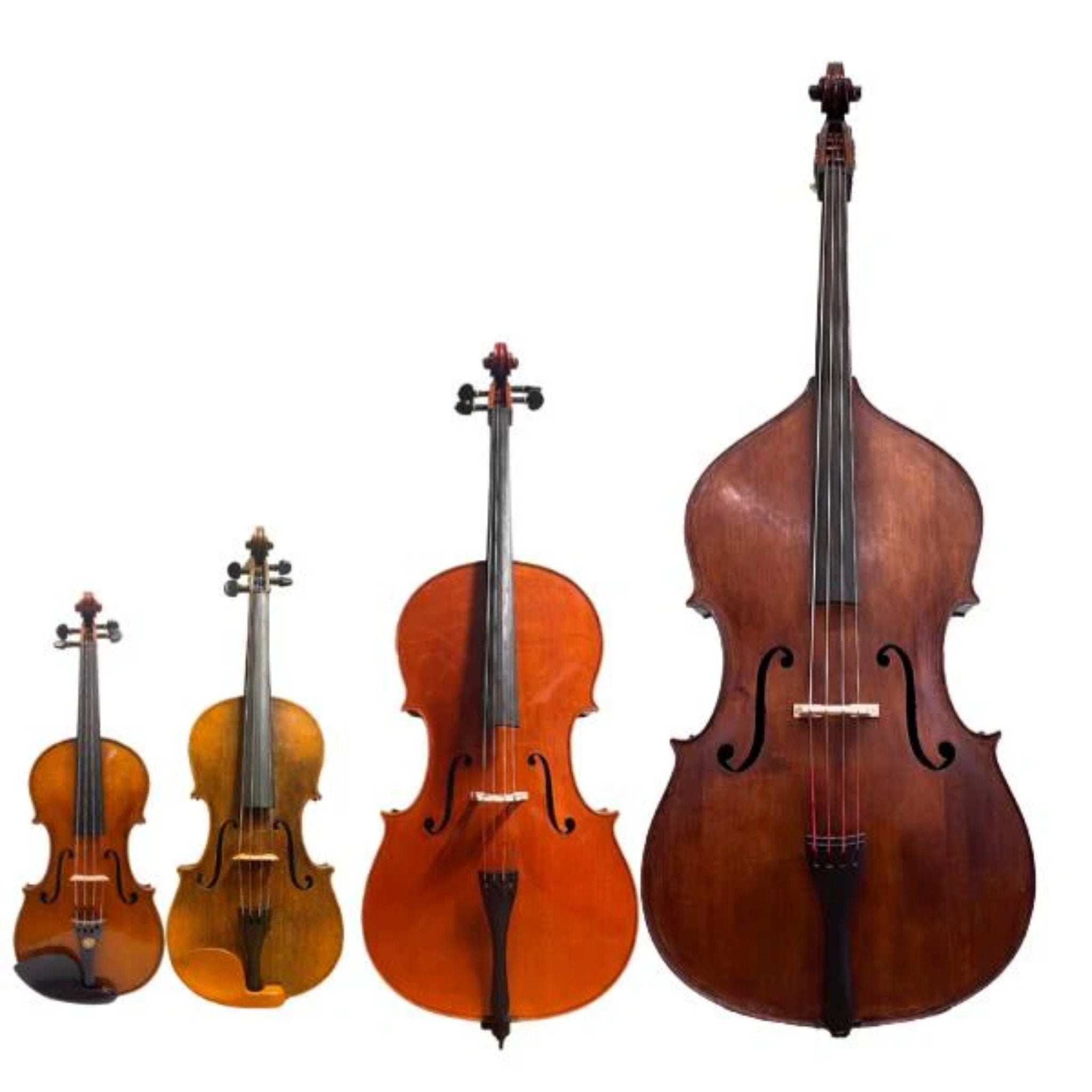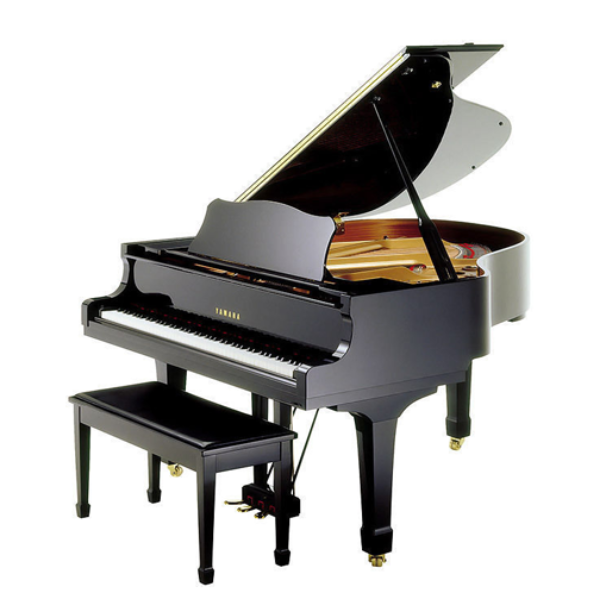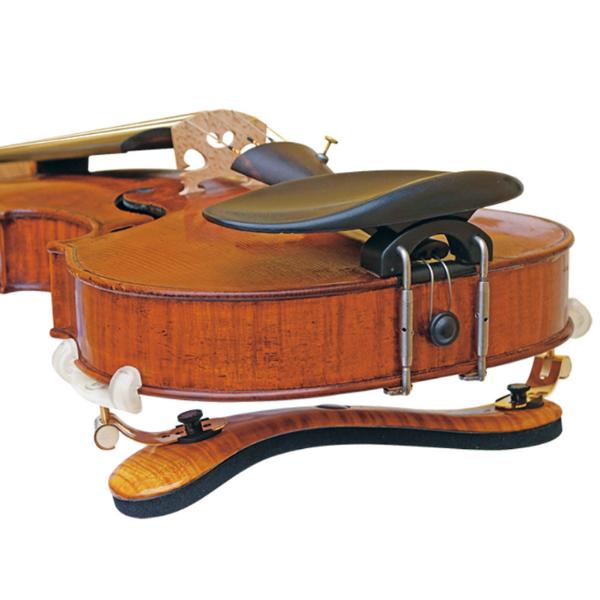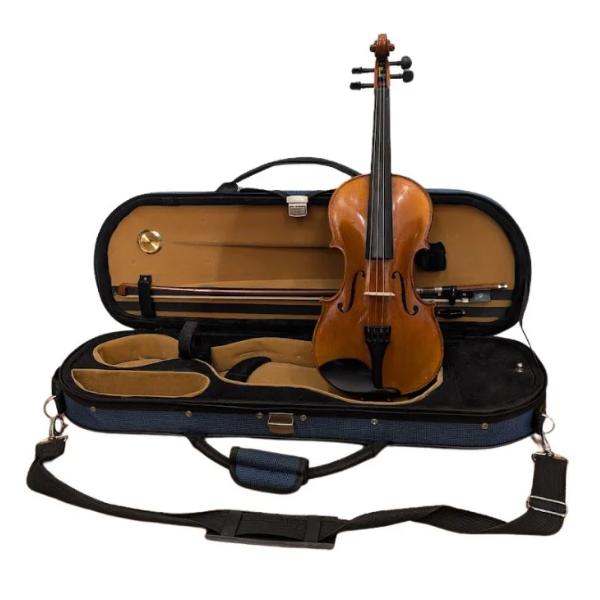From Gut to Great: The Evolution of Harp Strings and the Rise of Synthetic Innovation
The harp is one of the world’s oldest and most elegant instruments, but its evolution has been anything but static—especially when it comes to its strings. Over centuries, harpists have relied on natural materials to achieve the rich, resonant sound we associate with this beautiful instrument. But in recent decades, synthetic string technology has quietly revolutionised the harp world—offering greater durability, stability, and consistency.
Whether you're a student, a professional, or a curious listener, understanding the development of harp strings gives you a deeper appreciation of both the instrument and its ongoing innovation.
A Brief History: Gut, Silk, and Tradition
Historically, harp strings—particularly for pedal harps and classical lever harps—were made from natural gut, derived from animal intestines. This material provided:
-
A warm, rich tone
-
Natural elasticity and responsiveness
-
Beautiful sustain and resonance
However, gut strings also came with challenges:
-
Prone to breakage, especially in dry climates
-
Highly sensitive to humidity and temperature
-
More expensive and less predictable in consistency
Earlier harps in many cultures also used silk, horsehair, or metal strings depending on region, purpose, and available materials.
The Rise of Nylon and Synthetic Strings
With the rise of modern materials in the 20th century, nylon emerged as a game-changer—particularly for lever harps. Nylon strings offered:
-
Improved durability
-
Greater tuning stability
-
Lower cost and easier availability
-
A bright, clear tone—though slightly different from gut
Soon, synthetic gut materials followed, mimicking the tonal warmth of natural gut while offering even better consistency and resistance to breakage.
For many years, however, synthetic strings were still largely reserved for lever harps and student instruments, while pedal harpists remained loyal to traditional gut strings for their rich tonal colour and complexity.
Recent Innovation: Synthetic Gut for Pedal Harps
That all began to change with advances in polymer technology and increasing demand for longer-lasting, stable strings that didn’t compromise on tone.
In recent years, leading harp manufacturers and string makers like Salvi and Lyon & Healy have developed synthetic gut string sets specifically for pedal harps.
These strings are engineered to:
-
Closely match the tone and feel of traditional gut
-
Offer better resistance to humidity and temperature changes
-
Reduce breakage, even under high tension
-
Provide a more sustainable and vegan-friendly alternative
For harpists who perform in varying climates, tour frequently, or simply want fewer string changes between tunings, this is a welcome development.
What Does This Mean for Today’s Harpists?
The evolution of harp strings reflects a broader shift in the musical world: honouring tradition while embracing innovation. Whether you prefer the warmth of natural gut, the brightness of nylon, or the consistency of synthetics, there are now more options than ever to suit your playing style, instrument, and environment.
Today’s harpists can:
-
Mix string types to suit their preferences
-
Choose full synthetic stringing for travel or high-performance environments
-
Enjoy gut-like tone without the maintenance headaches
It’s a new era for harp playing—one where sound quality no longer has to be compromised for practicality.






